Herbs from Distant Lands Rhus typhina, Rhus hirta Staghorn Sumac
Staghorn sumac (Rhus typhina) grows just about anywhere and everywhere all across the eastern part of the United States. All it needs is an abandoned field, highway median or roadside ditch and it's happy as can be. There's nothing like a tasty plant that just loves to grow in just about anywhere, it's a forager's dream.
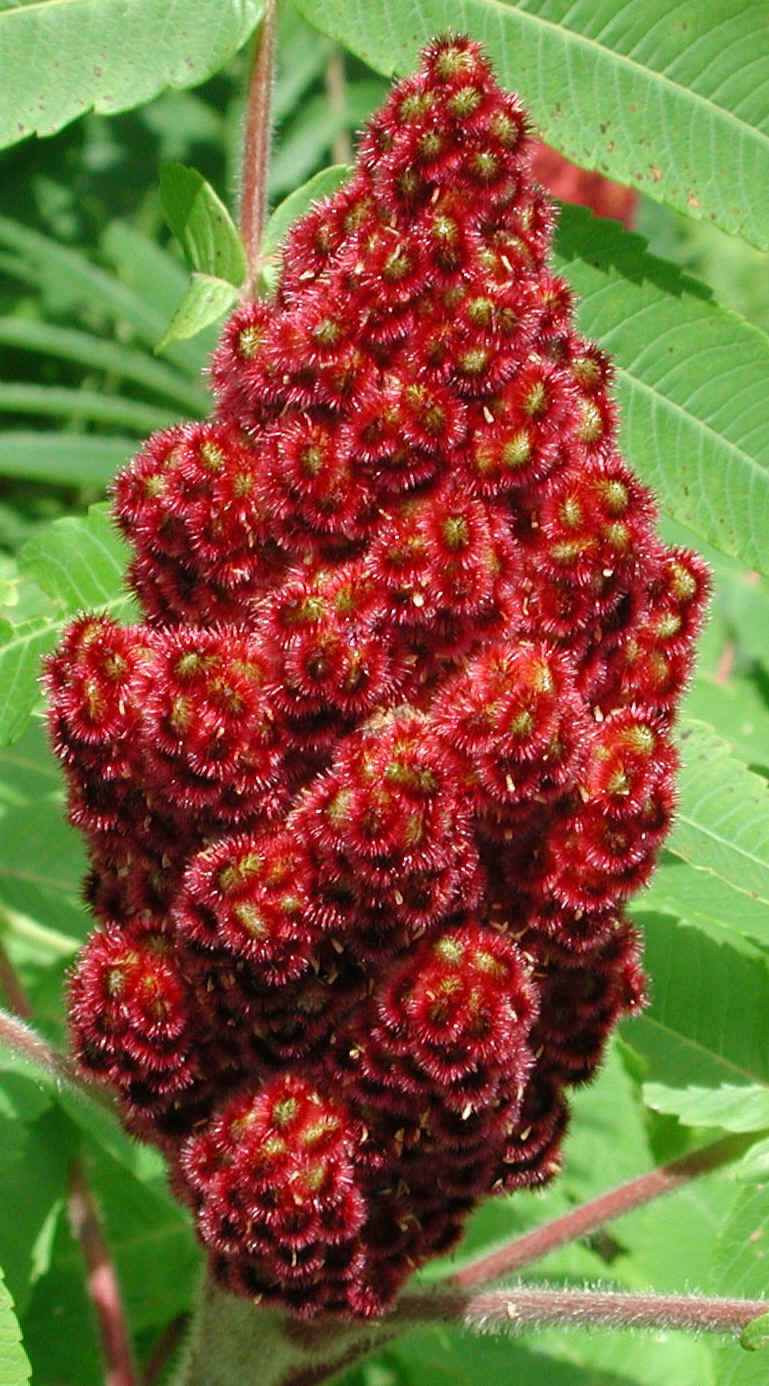
Staghorn Sumac (Rhus typhina) 07a Flowering Trees, Bushes and
Prized for its spectacular fall foliage and showy fruits, Rhus typhina (Staghorn Sumac) is a large suckering deciduous shrub or small tree with picturesque branches and velvety reddish-brown branchlets. The foliage of large, pinnate, bright-green leaves, 24 in. long (60 cm), turns striking shades of orange, yellow and scarlet in fall.

Rhus typhina ‘Tiger Eyes’ Staghorn Sumac 3Gallon Catskill Native
Rhus typhina Description: The staghorn sumac is a large, deciduous tree native to the eastern half of North America and produces edible fruit known as "sumac berries." The name of the tree derives from the resemblance of its branches to the antlers of a stag, both in structure and texture.
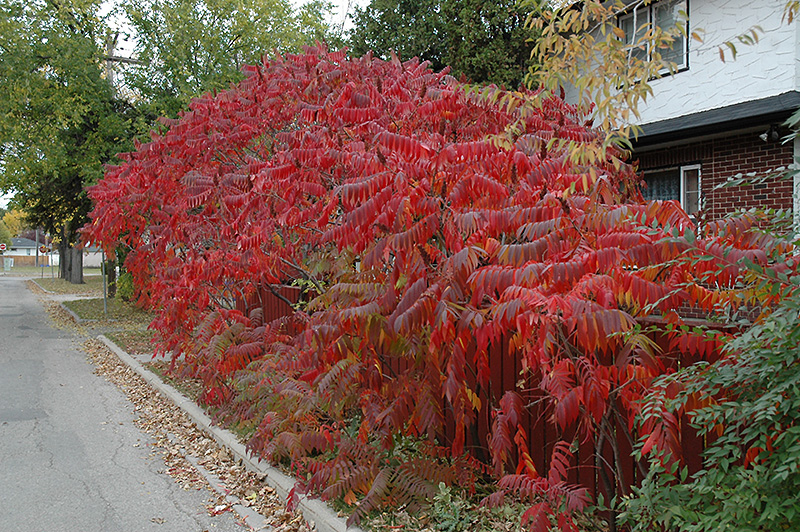
Staghorn Sumac (Rhus typhina) in Columbus Dublin Delaware Grove City
Cut-Leaf Staghorn Sumac, Rhus hirta 'Laciniata', Rhus typhina f. laciniata, Rhus typhina 'Laciniata'. Award-winning Rhus Tiphina 'Dissecta' is an open, spreading, deciduous shrub or small tree with nice ornamental features. Its foliage of large, deeply dissected, fern-like, bright green leaves, 2 ft. long (60 cm), turns brilliant shades of.

Staghorn Sumac Rhus Typhina · Free photo on Pixabay
Rhus typhina, the staghorn sumac, [4] is a species of flowering plant in the family Anacardiaceae, native to eastern North America. It is primarily found in southeastern Canada, the northeastern and midwestern United States, and the Appalachian Mountains, [5] but it is widely cultivated as an ornamental throughout the temperate world.

Staghorn Sumac (Rhus typhina) Staghorn Sumac (Rhus typhina… Flickr
BOTANICAL AND ECOLOGICAL CHARACTERISTICS SPECIES: Rhus typhina GENERAL BOTANICAL CHARACTERISTICS : Staghorn sumac is a native, deciduous tall shrub or small tree growing up to 40 feet (13.7 m) in height [ 3, 16 ]. The trunk is usually short, dividing frequently to form ascending branches [ 6 ].
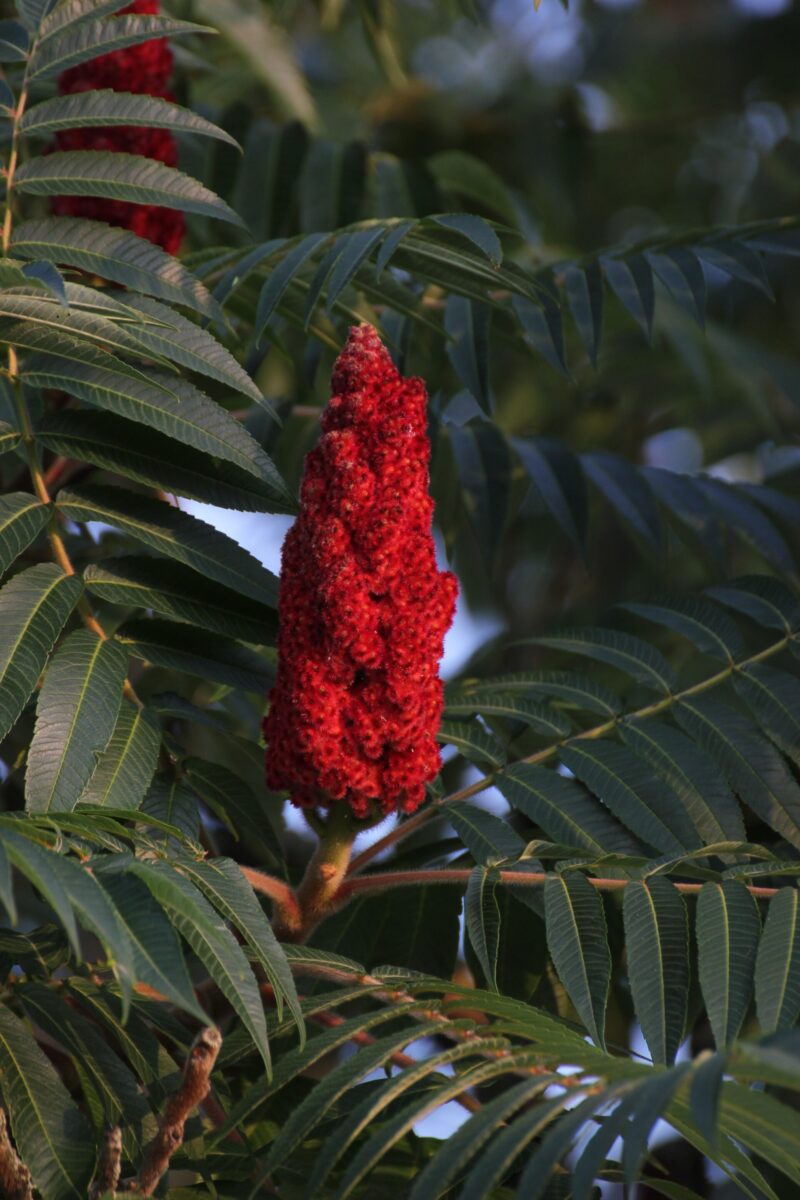
Staghorn Sumac Rhus Typhina Deciduous Shrubs Cold Stream Farm
stag's horn sumach R. typhina is a large suckering deciduous shrub to 6m, the red-hairy stems with large pinnate leaves turning red and orange in autumn. Dioecious, with yellow-green flower clusters, followed on female plants by dense crimson fruiting heads Other common names green-flowered sumach staghorn sumac see more velvet sumac Synonyms

Sumac Rhus Comparison Johnson's Nursery Knowledgebase
15 July 2009 Rhus typhina (staghorn sumac) Authors: Gaoming Jiang, Guangmei Wang, Jingcheng Yang Authors Info & Affiliations Publication: CABI Compendium https://doi.org/10.1079/cabicompendium.47400 Datasheet Types: Crop, Tree, Invasive species, Host plant Abstract

Rhus typhina Staghorn Sumac Jurassicplants Nurseries
Rhus copallina is also known as winged sumac because its glossy compound leaves have a wing along the central leaf vein. It can become a large shrub or small tree 10-20 feet tall and 10-12 feet wide.. Rhus typhina colonizes to form a grove of small trees or large shrubs 15-25 feet tall and wide. It gets its common name from the appearance of.

Rhus typhina (Staghorn sumac)
Tiger Eyes™ Sumac in early summer. Staghorn sumac, Rhus typhina, a member of the Anacardiaceae (cashew or sumac) family, is a scraggly-looking shrub commonly seen growing on roadsides and other disturbed areas through the eastern U.S. and Canada.The species is not typically considered a good garden plant, as it suckers rampantly, can grow to 30 feet and is not particularly ornamental.
Herbs from Distant Lands Rhus typhina, Rhus hirta Staghorn Sumac
Rhus typhina, commonly called staghorn sumac, is the largest of the North American sumacs. It is native to woodland edges, roadsides, railroad embankments and stream/swamp margins from Quebec to Ontario to Minnesota south to Georgia, Indiana and Iowa. This is an open, spreading shrub (sometimes a small tree) that typically grows 15-25' tall.
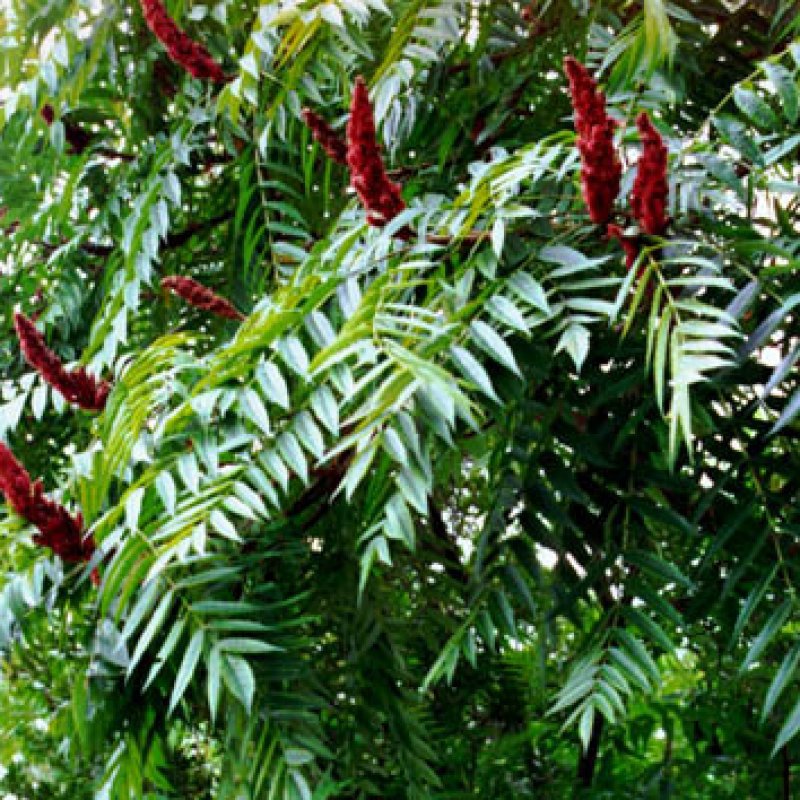
30+ Rhus Typhina ( Staghorn Sumac ) seeds
But Did You Check eBay? Check Out Rhus Typhina Staghorn Sumac On eBay. Looking For Rhus Typhina Staghorn Sumac? We Have Almost Everything On eBay.

How to Grow Rhus — Sumac Garden Chronicle
Staghorn sumac ( Rhus typhina) is a tall shrub / small tree native to most of the eastern U.S. It grows naturally in open, disturbed sites and may form dense colonies or clumps. There are several species of sumac native to the eastern U.S. with staghorn sumac being one of the tallest. Staghorn sumac can grow up to 30 feet tall, but is typically.
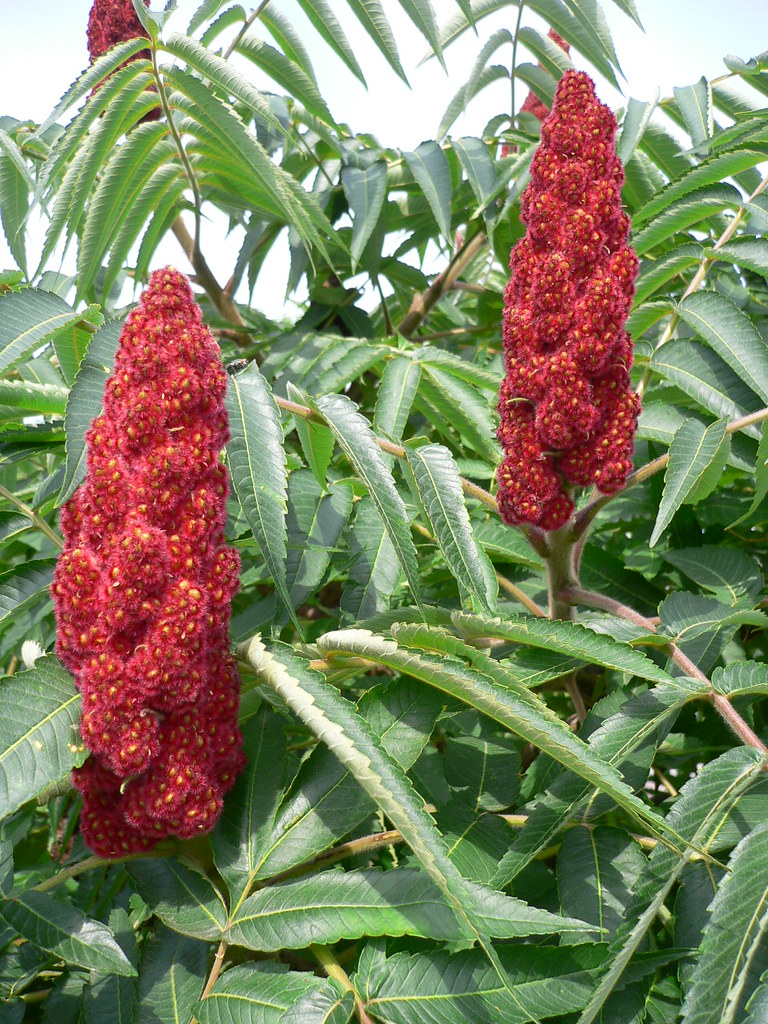
Rhus typhina (Staghorn Sumac) Staghorn Sumac (Rhus typhina… Flickr
Common name: Staghorn Sumac Pronunciation: roos ti-FEE-na Family: Anacardiaceae Genus: Rhus Type: Broadleaf Native to (or naturalized in) Oregon: No Deciduous shrub/tree, 15-20 ft (4.5-6 m), open spreading, picturesque. New growth, stout velvety stems (the "staghorn"). Stem thick and pubescent, generally lacks terminal bud.

Cutleaf staghorn sumac on the High Line NYC Plants, Sumac, Fall foliage
Staghorn Sumac ( Rhus typhina) By David Taylor Staghorn Sumac is a member of the Anacardiaceae, the Sumac or Cashew family. Species in this family range from medium-sized trees to herbs a few inches high.

Native Tree Rhus typhina, Staghorn Sumac, 3 Behmerwald Nursery
Rhus typhina, commonly called staghorn sumac, is the largest of the North American sumacs. It is native to woodland edges, roadsides, railroad embankments and stream/swamp margins from Quebec to Ontario to Minnesota south to Georgia, Indiana and Iowa. This is an open, spreading shrub (sometimes a small tree) that typically grows 15-25' tall.